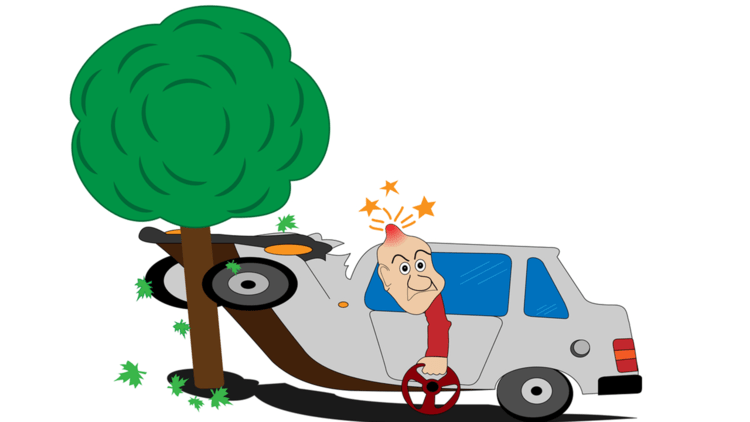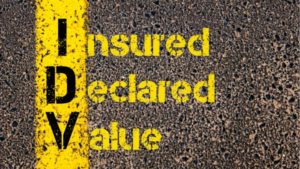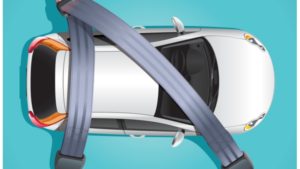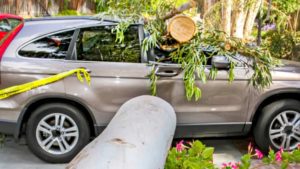
Imagine cruising down the road in your car at a high speed, and suddenly realizing that the brakes are not working! This potentially life-threatening situation is every driver’s worst nightmare. While we hope you never have to undergo the harrowing experience of having your brakes go out, it is important that you be adequately prepared for such an eventuality.
Learn the correct way to cope with brake failure by familiarizing yourself with these 9 critical steps:
Table of Contents
- Remain calm
- Reduce your speed
- Reassess your brakes
- Alert other drivers
- Ease out of the traffic
- Use emergency brake
- Scrub off speed
- Find a soft landing
- Call a repair shop
1. Remain calm
Try not to let panic get a hold of you. Keeping a level head will allow you to respond with alertness and perform the steps that follow with confidence. At such a time, resort to defensive driving.
2. Reduce your speed
Keep your foot off the accelerator and downshift to lower gears to slow the car. Don’t downshift too quickly, however, or the car will start to skid.
3. Reassess your brakes
Check whether something is stuck under the brake pedal that’s rendering it ineffective. Clear the pedal’s path by kicking any obstruction out of the way. If the pedal feels soft and goes to the floor instead, you might need to rebuild braking pressure by pumping the brakes. In case your car has an anti-lock brake system (ABS), instead of pumping, just firmly press the brake pedal. But be careful not to slam the brakes too hard if your car is going downhill as this can cause brakes to fail if they haven’t already. Instead, use a downshift and engine brake while descending a slope.
4. Alert other drivers
Turn your hazard lights on and honk the horn to caution other drivers and pedestrians so they’ll know to give you plenty of room.
5. Ease out of the traffic
Use your turn signals and cautiously maneuver the car out of heavy traffic and into the left lane, which is usually slower.
6. Use emergency brake
Once you’re out of the traffic, stop the car using the emergency/parking brake by pulling it slowly. Tugging it too fast might lock the rear wheels and cause you to lose control of the car.
7. Scrub off speed
If the emergency brake doesn’t work, use friction to reduce the speed of your car. Rub the wheels against the curb or drive through gravel and light shrubbery. If you’re on the highway, steer the car sharply from side to side, but don’t attempt this at high speeds.
8. Find a soft landing
If your car still hasn’t slowed down enough for you to pull over, look for a safe spot to crash. Keep the engine running until you reach a complete stop. Turning off the ignition before can cause the steering wheel to lock in place.
9. Call a repair shop
Keep the hazard lights on and avoid standing next to your stopped car. Call for roadside assistance and have your car towed for inspection and repair. Check if your car insurance policy has a roadside assistance cover add-on, if not; make sure you get it added from the insurer. Find out and compare prices for roadside assistance cover on Turtlemint.
These steps can help you take control of the situation and get your car (and yourself) to safety. But don’t forget, prevention is better than cure! To cut down the chances of brake failure, take your car for routine maintenance, and have the brake pads inspected regularly.
Read more:
Found this post informational?
Browse Turtlemint Blogs to read interesting posts related to Health Insurance, Car Insurance, Bike Insurance, and Life Insurance. You can visit Turtlemint to Buy Insurance Online.




























